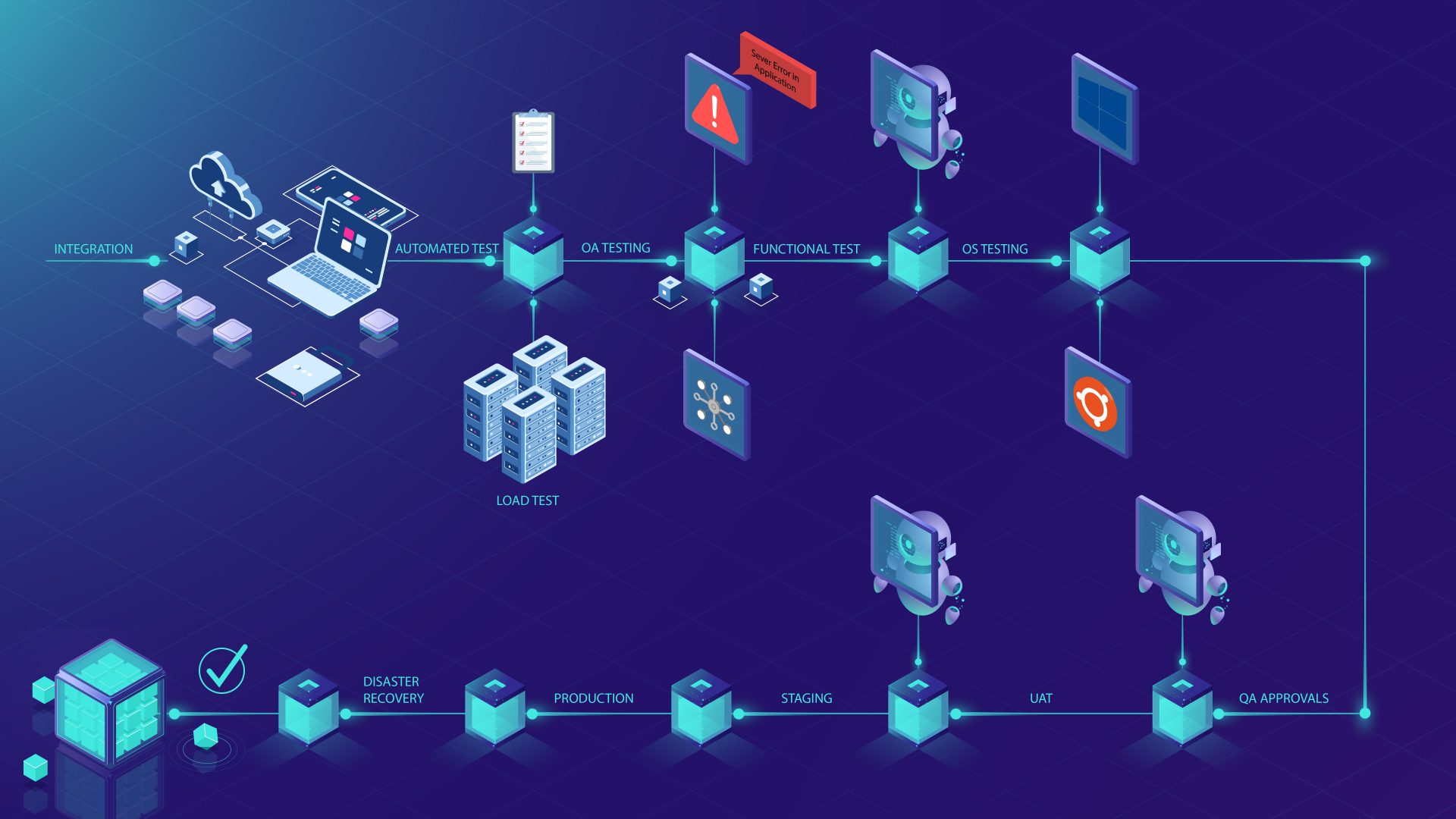Last Updated on January 19, 2023 by Tabraiz
Using microservices is a great way to remove vendor lock-in, reduce dependency concerns, and scale your SaaS application more efficiently. You’ll also find it much easier to deploy and revert changes, which means faster time to market and lower development costs.
Define your Microservices
When developing a SaaS application, it is important to define your Microservices to ensure a consistent and reliable user experience. In contrast to monolithic architecture, microservices are separate services that execute on a different platform, ensuring that your users have the same experience no matter what device they’re using. By separating these different services, you can ensure that your application will scale and run reliably.
One of the biggest disadvantages of monolithic applications is the time it takes to finalize different parts, and some may take longer than others. This can lead to latency and other deployment problems, which should be kept in mind during the development phase. Furthermore, you’ll want to use a framework that allows you to manage your microservices in a unified manner to optimize both time and cost.
Aligning team structure
When using microservices for SaaS application building, it is vital to align team structure and culture. The best way to ensure this alignment is to develop a culture where everyone trusts the organization. To achieve this, business leaders should collaborate with software-side staff to create a plan that empowers everyone. Empowered teams are more motivated and feel more valued. In addition, they feel more empowered to contribute to the development process.
While there is no one definition of microservices, it is crucial that you discuss the advantages and disadvantages of the approach with your team. While it is important to keep the team focused on the benefits, you must be prepared for increased costs. For example, you’ll likely need more computers, network, storage, and supporting software. Additionally, you’ll probably need additional license fees.
Leveraging Domain-Driven Design
Microservices are self-contained applications that are used to implement specific business functions. These services can be developed using different programming languages and deployed independently. They can also be organized and controlled by different teams within an organization. They can be deployed in a cloud-based environment or on-premises, and can be used for e-commerce applications.
The process starts with defining a bounded context in which a service can be deployed. This context identifies a service’s logical boundaries and helps the team use a common vocabulary. For example, a customer could be defined in different contexts that act on a specific entity based on its rules.
Leveraging domain-driven design (DDD) while using microservices for SaaS application developments allows developers to make incremental changes quickly and efficiently. Because microservices are self-contained, they require less time for setup and deployment. Moreover, new developers can focus on one microservice at a time and can maintain the API contract. Unlike traditional monolithic application development, this approach enables developers to make incremental changes in the code without disrupting the other team’s work.
Optimizing Microservices Implementation
Using microservices in the SaaS application development process has a variety of advantages. Unlike monolithic architectures, microservices can be scaled individually and are easily managed. They are also more resilient to errors because they don’t affect each other. In addition, microservices can be managed with API calls and message. As a result, microservices implementation is an extremely flexible solution, and you can reuse them for future projects. However, using microservices can be troublesome for smaller companies – it takes a great deal of planning.
The most important aspect of microservices is that they are designed to function independently, while at the same time working together to provide a single service. It’s also important to use an automated monitoring system that can identify errors and send out alerts if something goes wrong. In addition, centralized logging is critical for debugging. Streaming logs to a single database or repository is a key feature. This allows for easier analysis and troubleshooting of issues.
Adopting the best DevOps toolset
Using a modern microservices framework is key for fast innovation and faster development. It also helps teams deal with increased operational workload. However, it is important to select the right tool for the job. Flashy new tools can seem like the answer to every problem, but it is critical to understand how they work, adhere to security standards, and integrate with existing infrastructure. Using DevOps principles can help teams gain full ownership of the software deployment cycle.
For SaaS application development using microservices, you should consider using tools that support continuous integration, continuous deployment, and continuous testing. These tools should be easy to use and integrate with various build and test tools.

